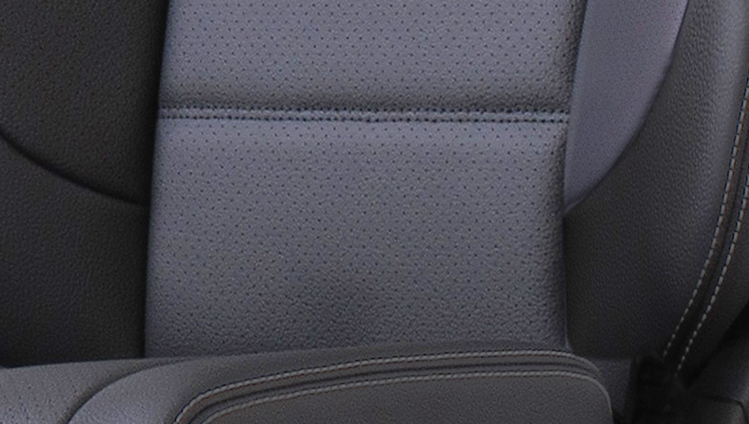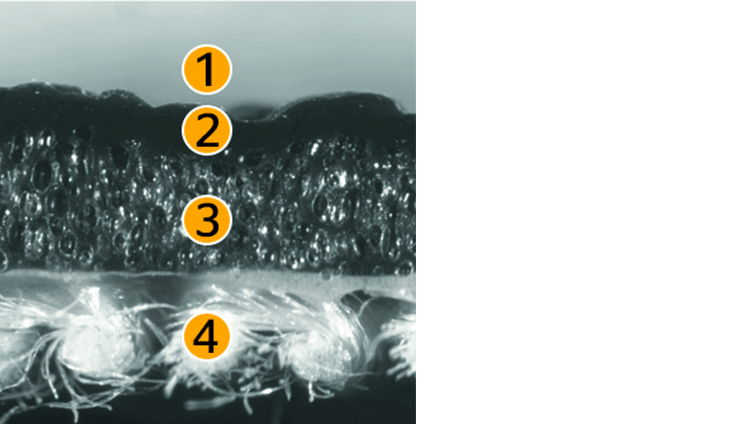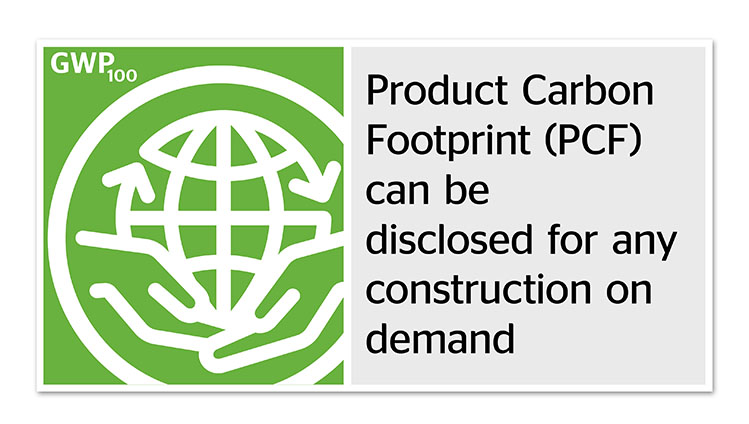Applications
- Seat Cover/Headrest


1 | Lacquer Finish
2 | Cracking Resistant Compact Layer
3 | Cracking Resistant Foam Layer
4 | Textile Backing

The particularly kink-resistant material, specially developed for use in the seating area, can also be produced in a sustainable variant and expanded through the use of bio-based and recycled materials. For more information regarding sustainability options in production, please visit our Acella® product page.
 For some time now, it has been possible to quantify how climate-friendly a product is using a neutrally calculated indicator: the GWP100 Global Warming Potential Index*. This quantifies the carbon footprint of a product over a period of 100 years. It takes into account the lifecycle phases from "cradle to grave" as well as disposal or recycling at the end of the product lifecycle.
For some time now, it has been possible to quantify how climate-friendly a product is using a neutrally calculated indicator: the GWP100 Global Warming Potential Index*. This quantifies the carbon footprint of a product over a period of 100 years. It takes into account the lifecycle phases from "cradle to grave" as well as disposal or recycling at the end of the product lifecycle.
With the help of a digital application for calculating the Product Carbon Foot Print (PCF), we can provide our customers with PCF values for our global portfolio. Compared to our fossil-based Acella®, total CO2 emissions can thus be reduced by more than XX%, depending on design. ("Reduced Product Carbon Footprint")
*GWP100 values are calculated according to CT-SSL-GWP-Calculation standard version 01 as carbon dioxide equivalent using the relevant 100-year global warming potential. Evaluation is based on life cycle assessments (LCA) using databases like GaBi. The model is based on the greenhouse gas (GHG) protocol standard and following ISO 14067:2018. Considered life cycle phases: Cradle-to-gate (Scope 1,2,3) + End-of-life. Future, more precise calculation will allow higher degree of differentiation and therefore might lead to divergent results.